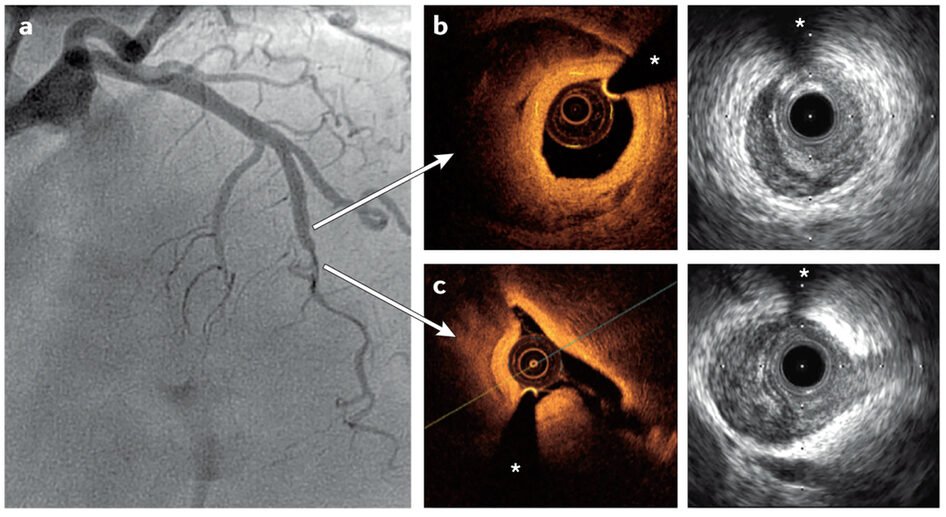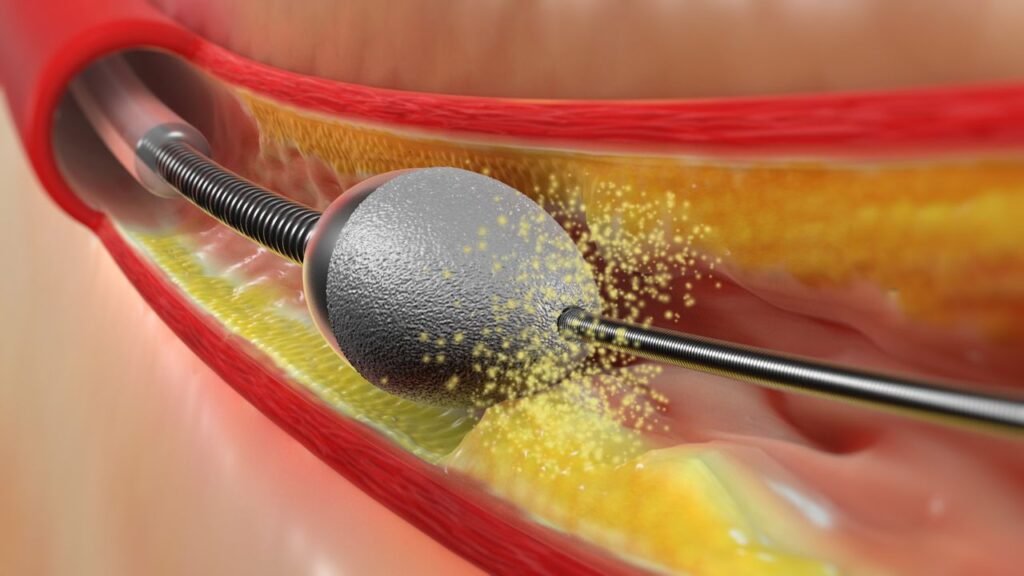OCT & ROTA Stenting
Precision-Guided Angioplasty for Complex & Calcified Heart Blockages
At Dr. Siva Prasad’s Hrudayalaya, we use advanced technologies like OCT (Optical Coherence Tomography) and ROTA (Rotablation) to perform high-precision angioplasty and stent placement, especially in patients with hard, complex, or calcified coronary artery blockages.
These techniques are typically used in difficult angioplasty cases, where traditional balloon and stent methods are not enough.
How the Procedure is Done:
A thin catheter with a light-based imaging probe is inserted into the coronary artery.
Contrast dye is injected to clear the blood and get clear images.
High-resolution images of the artery walls are captured in real time.
These images help assess stent placement, artery size, and plaque composition.
The procedure guides precise stenting and improves long-term outcomes.

When It’s Recommended:
To assess complex coronary lesions
For accurate stent sizing and placement
After stenting to confirm proper expansion
When angiogram images are unclear or ambiguous
How the Procedure is Done:
A guide wire is first inserted into the narrowed or calcified artery.
A special burr-tipped catheter rotates at high speed (up to 200,000 RPM).
It grinds away hardened calcium buildup inside the artery walls.
The artery is then prepared for balloon angioplasty or stenting.
A drug-eluting stent is often placed after debulking the plaque.

When It’s Recommended:
Heavily calcified or rigid arterial blockages
When balloons or stents cannot cross the lesion
Failed prior angioplasty due to tough plaque
Complex PCI cases requiring vessel modification
